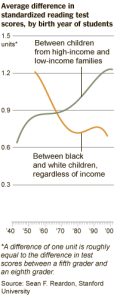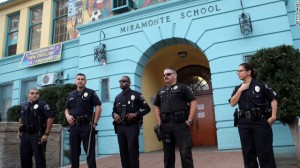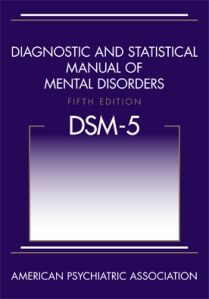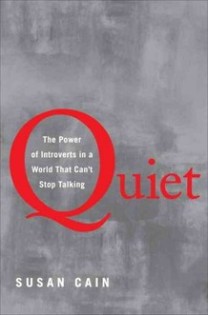In a recent NPR show, several experts discussed the future of job growth and how community colleges might prepare new generations of workers for jobs in manufacturing. It turns out, most Americans don’t have the skills necessary for these new, low skill, high tech jobs. (These new jobs h ave replaced low skill jobs because repetitive jobs have been replaced by technology.) Enter community colleges. President Obama hopes community colleges will bridge the gap between job supply and demand.
ave replaced low skill jobs because repetitive jobs have been replaced by technology.) Enter community colleges. President Obama hopes community colleges will bridge the gap between job supply and demand.
Since technology has replaced the repetitive parts of jobs, workers must be able to do the critical thinking part, and know how to run (very expensive) machines. To be a machine operator, employees need “math, a lot of math.” They need math they don’t learn in high school anymore. The burden on high schools from No Child Left Behind and Race to the Top has been too much. Schools have successfully prepared students to answer multiple choice questions, but there are no jobs that require that skill.
But college, even community college, isn’t for everyone. Some of my former students are taking very expensive classes in order to get jobs, classes that could have been taught in high school. One of my former students is going to Career Colleges of America to become a surgical technician. (He did not attend a community college because the classes were full, and they require more money up front.) The career college will cost him $30,000. He’s desperate for a career, something that a high school diploma did not prepare him for.








